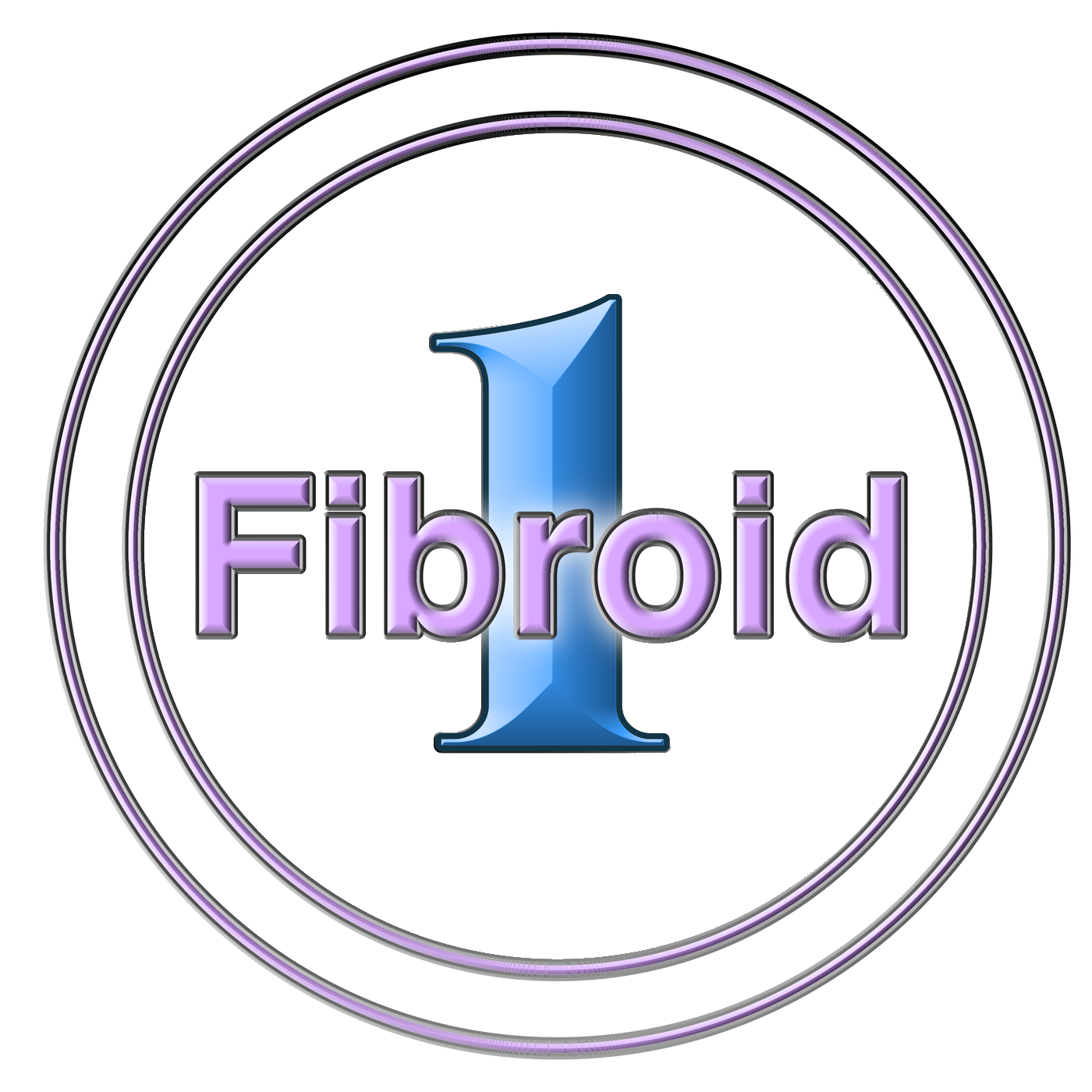Learn More About Endometrial Ablation:
If you have fibroid symptoms, our team at FibroidOne can help you explore different fibroid treatments, reduce menstrual flow, and help provide better pelvic pain relief. Among our various treatments, endometrial ablation can help reduce menstrual flow and stop it completely. Although not intended, endometrial ablation can also help destroy uterine fibroids. This treatment is often confused with another treatment, known as uterine fibroid embolization, and to help clear up this confusion, we’re here to help determine which treatment is best for you and how our team can help.
UFE vs. Endometrial Ablation For Fibroids
While endometrial ablation is commonly used for those with heavy menstrual cycles, many patients with fibroids often inquire about endometrial ablation for treating their fibroid condition, often conflating it with uterine fibroid embolization. Below, we’re going to describe how each of these treatments is approached:
Endometrial Ablation: Endometrial ablation is a treatment specifically intended for heavy, excessive menstrual blood loss. Because the goal of endometrial ablation is to reduce menstrual flow, our clinic can perform this treatment through various methods. However, for those who have a fibroid diagnosis, endometrial ablation may be recommended, especially for fibroid growth that occurs along the uterine wall (either intramural or submucosal).
Uterine Fibroid Embolization: Another treatment option for fibroids can be used, and that’s uterine fibroid embolization. As a minimally invasive treatment, UFE works to block small blood vessels to deprive the fibroids of nutrients, causing the fibroid to soften and shrink in size. Unlike ablation, which relies on destroying the lining entirely, this procedure focuses more on the blood vessels providing the fibroids with growth and nutrients.
Understanding Endometrial Ablation In-Depth
Endometrial ablation can easily be performed at our office, and there are various procedures that can be done to help remove the uterine lining and help reduce heavy menstrual bleeding completely. These procedures include:
- Electrosurgery: By using a slender scope, instruments are passed through and heated to carve furrows into the endometrium, and during this procedure, the patient is required to have general anesthesia.
- Cryoablation: Instead of using heat, cryoablation uses multiple ice balls to freeze and destroy the endometrium, with each freeze cycle taking up to six to ten minutes. The number of heat cycles used will depend on the size and shape of the uterus.
- Free-flowing hot fluid: Heated saline fluid can be circulated within the uterus for about ten minutes, and this procedure is especially helpful for those with irregularly shaped uteri, especially for those who have had intracavity lesions and uterine fibroids.
- Heated balloon: In this method, a balloon device is inserted into the cervix and is then inflated with heated fluid, using the heat transfer to destroy the endometrium.
- Microwave: In this method, microwaves through a slender wand device are inserted into the cervix, which is used to heat the endometrial tissues and destroy them completely.
- Radiofrequency: In radiofrequency methods, instruments unfurl an ablation device, transmitting radiofrequency energy that vaporizes the endometrial tissues within as little as two minutes.
Overall, both endometrial ablation and UFE can work to remove your fibroids, but both have different clinical goals in mind. To truly determine which procedure will work best for you, speak with our gynecologists at FibroidOne to see which endometrium procedures will work best for you.











